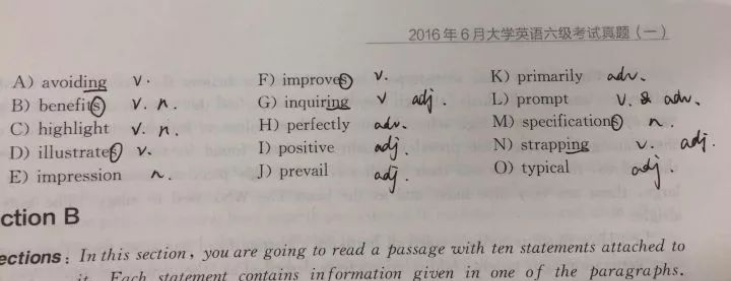Establishment Clause Jurisprudence--An Introduction
|
If we needed any confirmation that Supreme Court Establishment Clause jurisprudence was a mess, Chief Justice nominee John G. Roberts gave it to us this week. Though qualifying his remarks throughout his testimony that First Amendment issues were not where his emphasis has been or his expertise lies, he admitted that the Court's religion clauses jurisprudence really was not consistent and that he hoped to be the means of forging a greater consensus on this, as well as other, issues. Mr. Roberts' comments echoed an increasingly strong chorus of comments from sitting court members (e.g., Justice Thomas) and others that there really is very little coherence in the way the Court applies the religion clauses. This introductory essay shows why this is the case and explains that the need to develop a more "principled approach" (to use the language of Justice Scalia) is growing, especially as the perceived inconsistency is in areas which are increasingly "hot button" issues for the Religious Right and our culture in general——saluting the flag and displays of the Ten Commandments. Between A Rock and Charybdis The Court's Establishment Clause cases operate as it were between two curbstones of a major roadway: (1) the "separation" of religion and government, and (2) the accommodation between religion and government. On the one hand, the separationists argue, following Thomas Jefferson' "wall of separation" analogy, that religious institutions and government funding/support for religion must be kept completely separate. On the other hand, accommodationists, who seem to have the upper hand today, argue that American has always been a religious nation and the role of government is not to eliminate all religious influences from the public square but only officially not to endorse any religion, denomination or sect. Separationists would argue for example that school vouchers, enabling a student's family to take a voucher (representing the tax dollars paid by a family to the sustain the public school system) and use it to enable their child to attend either public or private/parochial schools violates the Establishment Clause because it facilitates use of government money (tax dollars) to support religious schools. Accommodationists would argue, on the other hand, that as long as government is aiding all religions or potentially allows that help to take place, then it is not violating the Establishment Clause. Hence, a central issue in Establishment Clause jurisprudence over the next years will be whether government is prohibited, as the 1947 Everson case says, from not only favoring religion over religion but favoring religion over irreligion. Though one could point to lots of other reasons why no consistent modern Establishment Clause jurisprudence has developed, I think the basic philosophical issue is at the heart of it: does a particular Justice tend to be more of a separationist or an accommodationist? If Judge Roberts, who will probably be Chief Justice in two weeks, wants to work on a consensus, he will have to crack this philosophical nut. The Urgency of the Task If such a disagreement touched an area of law such as antitrust law or medicare fraud or the law of eminent domain, it would have dramatic implications for people who were really "in the know," but it wouldn't pique broad societal interest. But the Establishment Clause cuts pretty closely to the bone of how Americans understand themselves. Religion is, as even the most secularly-leaning liberal now understands, a major concern not simply of the yahoos in our culture but also a significant number of educated and thoughtful people. But, even the most thoughtful people are, at first, somewhat confused as to why the Court could hand down two decisions on the same day within the last three months, one of which approves the placement of the Ten Commandments on public property and the other of which disallows such a practice. Of course, if you read the decisions of the Justices carefully, you see why the cases were decided the way they were, even if there is no overarching "theory" of why one was acceptable and one was not. But few have time and fewer have the training to slog through dozens of pages of sometimes dense legal prose to "get to the bottom" of the issue. The result is that America is seemingly as confused as is the High Court on when a practice (i.e., posting the 10 Commandments) that is probably symbolic but nevertheless touches a lot of people is permissible or not. And misunderstanding is liable to continue to grow. During the confirmation hearing of Judge Roberts, news reports told of an audible gasp in the hearing room when it was learned that another CA US District Court had struck down the recitation of the Pledge of Allegiance in public schools in the District because the phrase "under God" constituted an "establishment" of religion. No one should have gasped, for the District Court was simply bound by the decision reached three years ago by the 9th Circuit holding the same thing (and the District Court is required to apply Circuit precedent)。 Nevertheless, the fact that such a reaction arose means that even at the highest levels the uncertainty regarding how Courts read the 1st Amendment (and Circuit precedent) reigns. My hope is that this page, and the critical essays reflecting on these decisions, will help shed light on this highly important, but hotly disputed, area of American law. |








